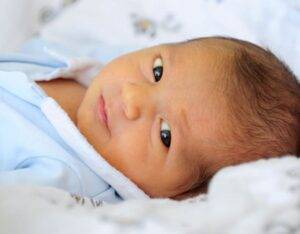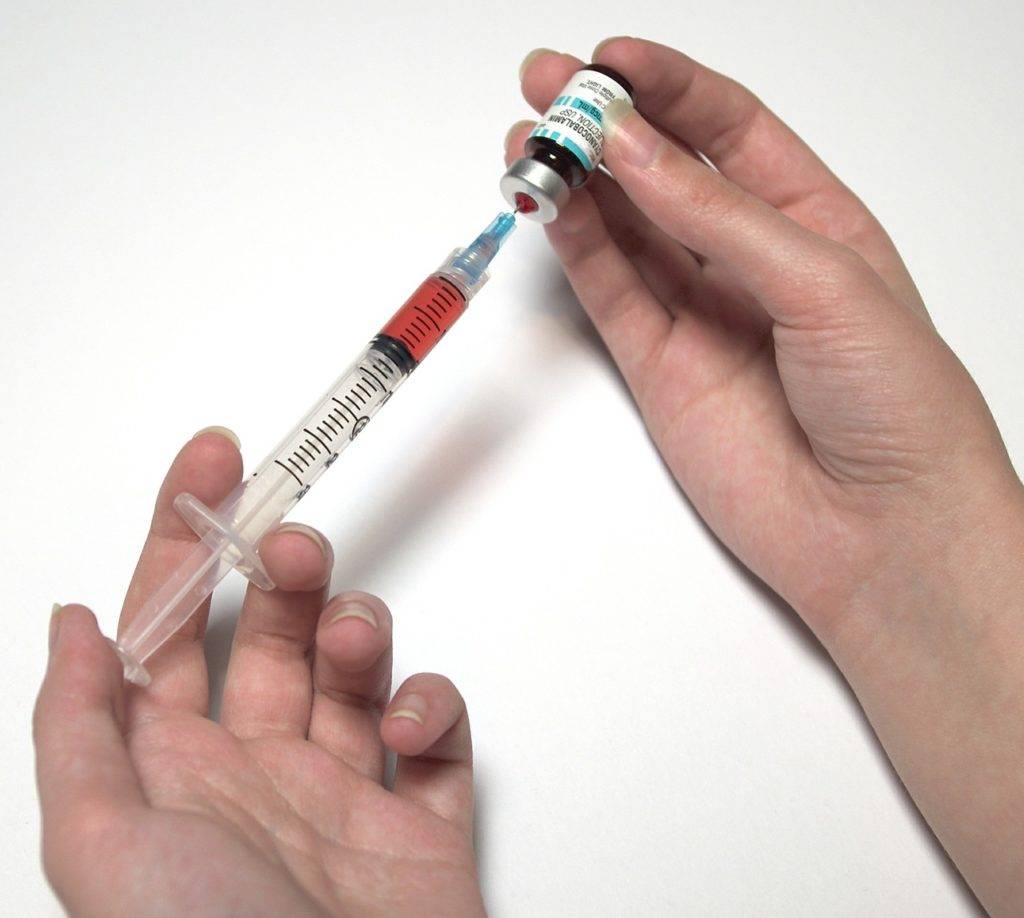The birth of a child is a breathtaking event, full of joy and promise. Yet, sometimes, unexpected medical conditions such as hyperbilirubinemia can cause worry and concern. As a pediatrician and obesity medicine specialist, I am Dr. Michael Nwaneri, and in this in-depth guide, we will explore hyperbilirubinemia in newborns, which often leads to jaundice. This article will provide you with an exhaustive look at this condition, meeting criteria for originality, comprehensiveness, accuracy, trustworthiness, and expertise.

What is Hyperbilirubinemia?
Hyperbilirubinemia is a medical condition characterized by elevated levels of bilirubin in the blood. Bilirubin is a yellow pigment produced by the breakdown of red blood cells. When levels are high, it often results in jaundice, a yellowing of the skin and eyes.
Deciphering the Types: A Spectrum of Conditions
- Physiological Jaundice: Most common, appearing between the 2nd and 4th days of life and generally harmless.
- Breast Milk Jaundice: Occurs in breastfed babies, lasting up to 12 weeks.
- Breastfeeding Jaundice: Due to inadequate breast milk intake, leading to dehydration.
- Pathological Jaundice: Indicates an underlying illness or condition, such as infection or liver disease.
Unraveling the Causes: From Innocuous to Dangerous
Natural Process
- Breakdown of Fetal Hemoglobin: A normal process where fetal red blood cells are broken down and replaced by adult forms.
Contributing Factors
- Inadequate Feeding: Leads to less elimination of bilirubin via stool.
- Preterm Birth: Liver immaturity can hinder bilirubin processing.
- Genetic Predisposition: Family history can play a role.
Alarming Causes
- Blood Incompatibility: Between mother and baby, leading to accelerated breakdown of red blood cells.
- Infections: Such as sepsis, meningitis, or urinary tract infection.
Symptoms: When to be Concerned
- Yellowing of Skin and Eyes: First sign, usually appearing at the head and progressing downward.
- Dark, Yellow Urine: Instead of the light yellow of a well-hydrated baby.
- Pale-Colored Stool: An indication of liver issues.

Diagnostic Measures: Achieving Accuracy
- Blood Test: To measure bilirubin levels.
- Coomb’s Test: To check for blood incompatibility.
- Liver Function Tests: In severe or prolonged cases.
Effective Interventions: Turning the Tables on Hyperbilirubinemia
- Phototherapy: The mainstay of treatment for reducing bilirubin levels.
- Adequate Feeding: To promote bilirubin excretion through the gut.
- Intravenous Fluids: For dehydration.
- Blood Transfusion: Rare but needed in severe cases with a risk of complications.
Proactive Steps: The Path to Triumph
- Regular Monitoring: Particularly for preterm babies or those with risk factors.
- Prompt Breastfeeding: Initiation within the first hour of birth can be protective.
- Parental Education: Knowledge of symptoms to facilitate early intervention.
Conclusion: An Informed Approach is a Powerful Tool
Hyperbilirubinemia may seem daunting, but with accurate diagnosis and effective treatment, most babies recover fully and thrive. Armed with the proper knowledge, you can act swiftly to manage this condition and ensure the optimal well-being of your newborn.
References
- American Academy of Pediatrics – Hyperbilirubinemia
- National Institute of Child Health and Human Development
- Centers for Disease Control and Prevention – Newborn Screening
Disclaimer: This article is intended for informational purposes only and does not replace professional medical consultation.



